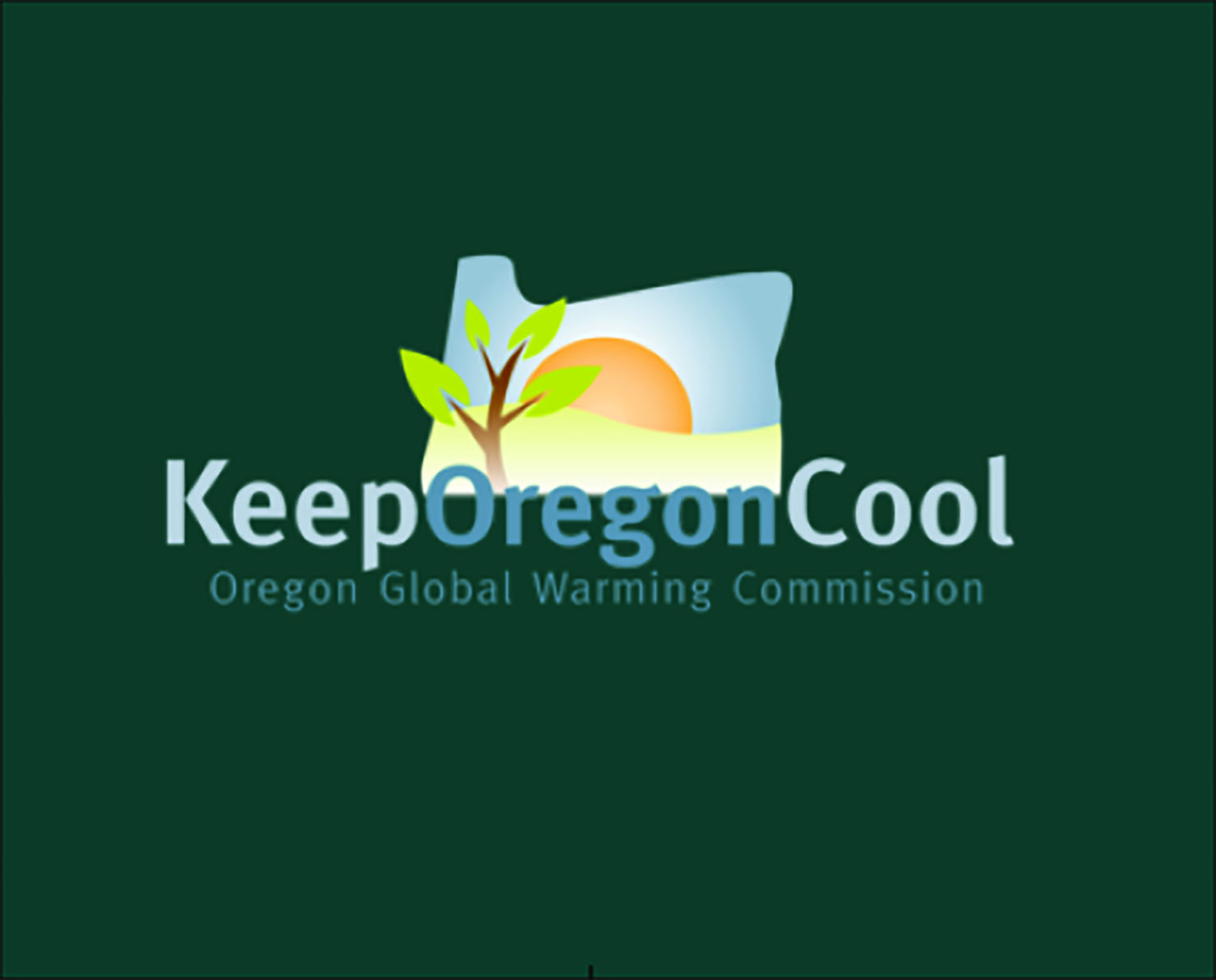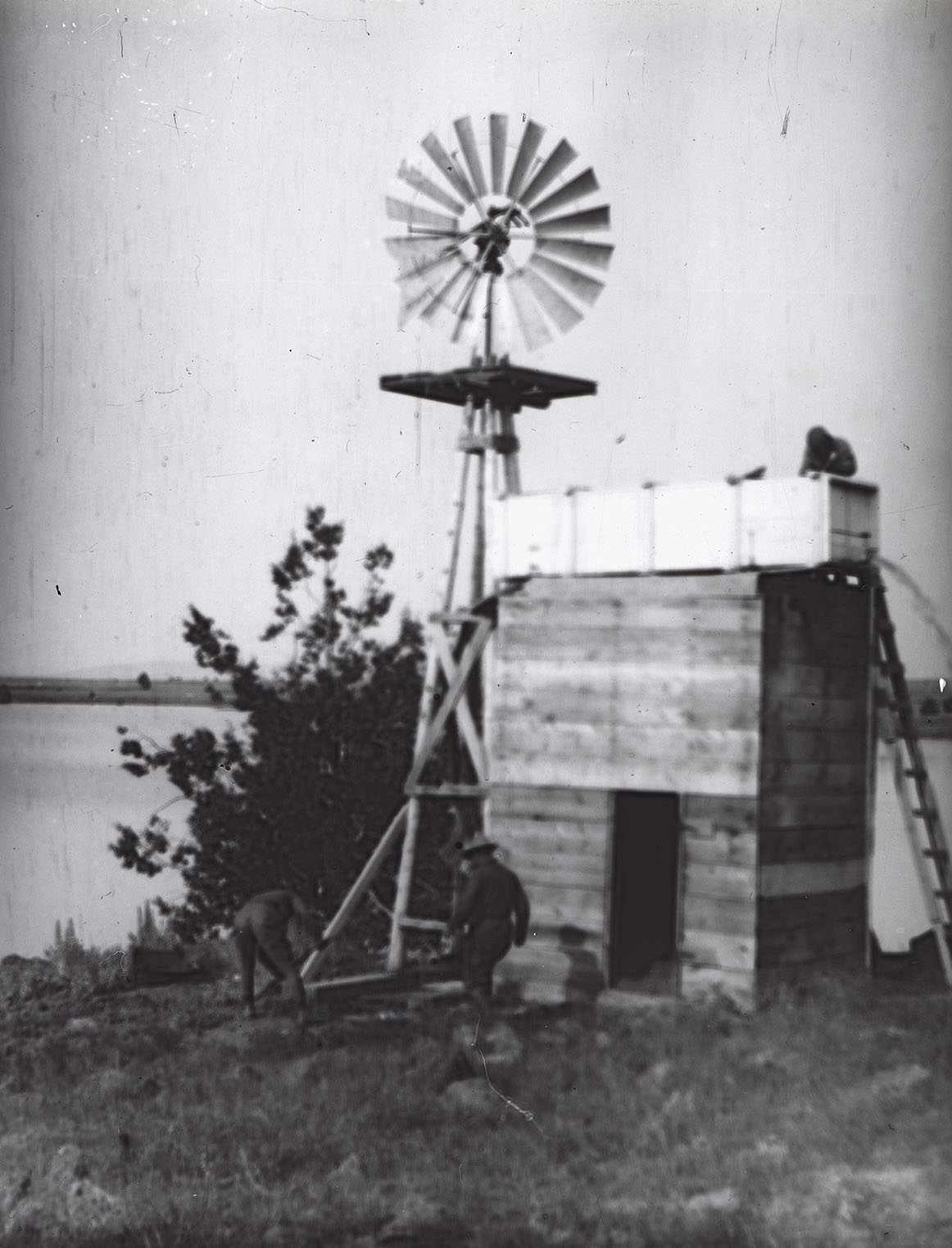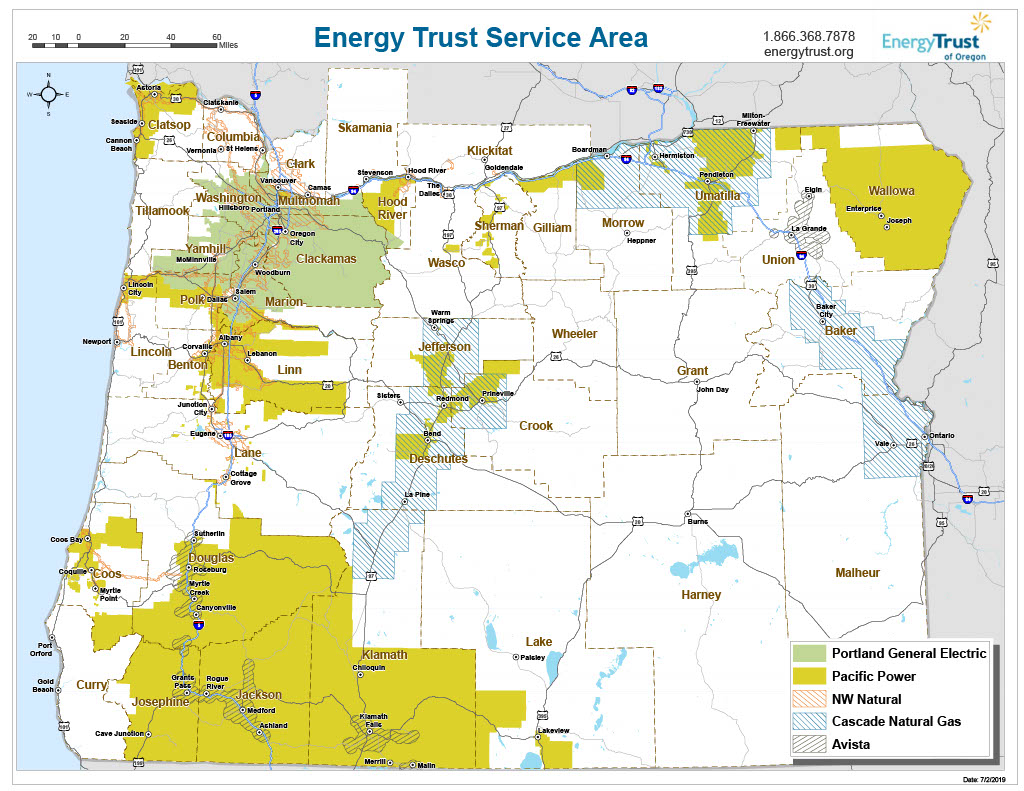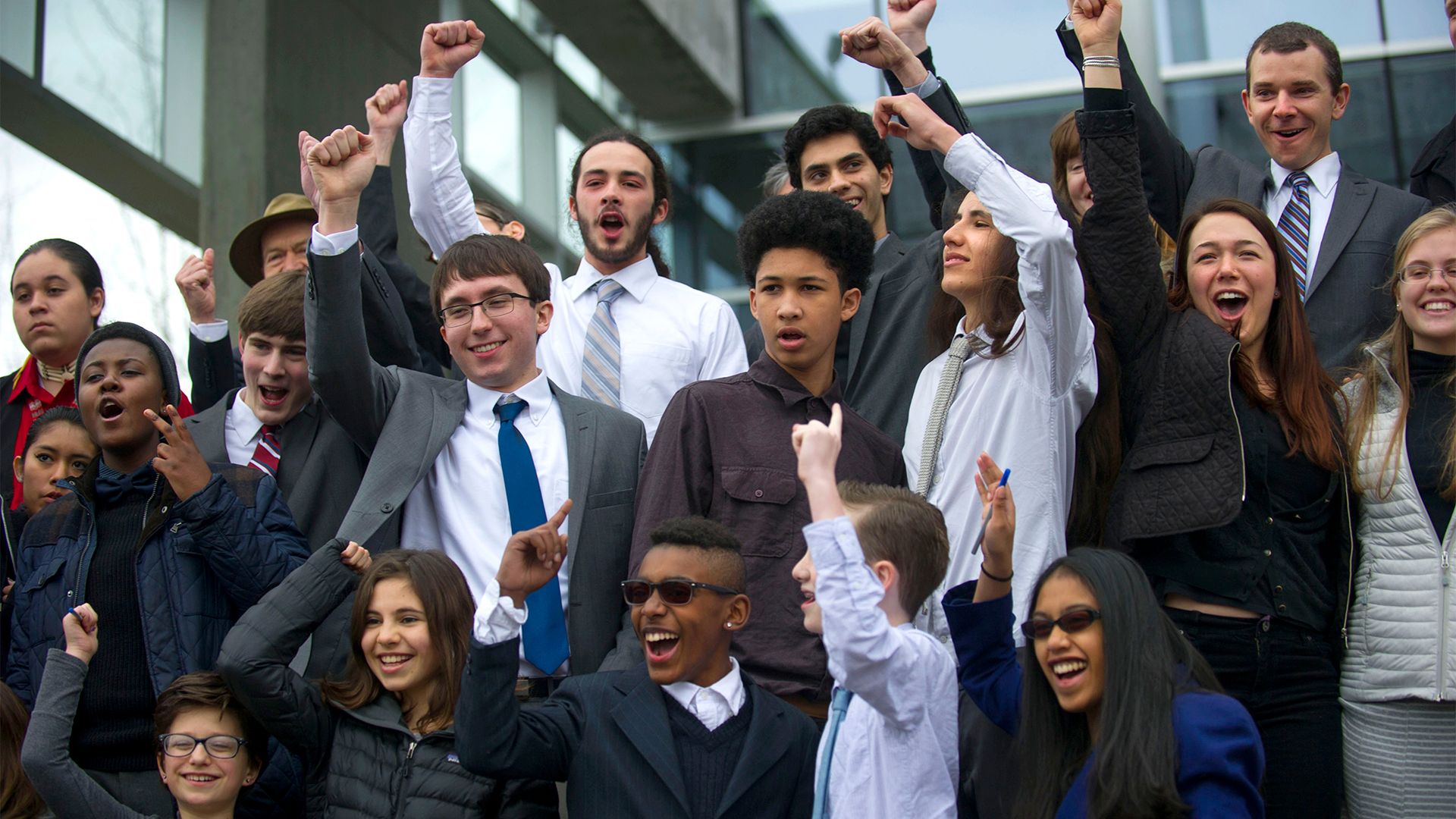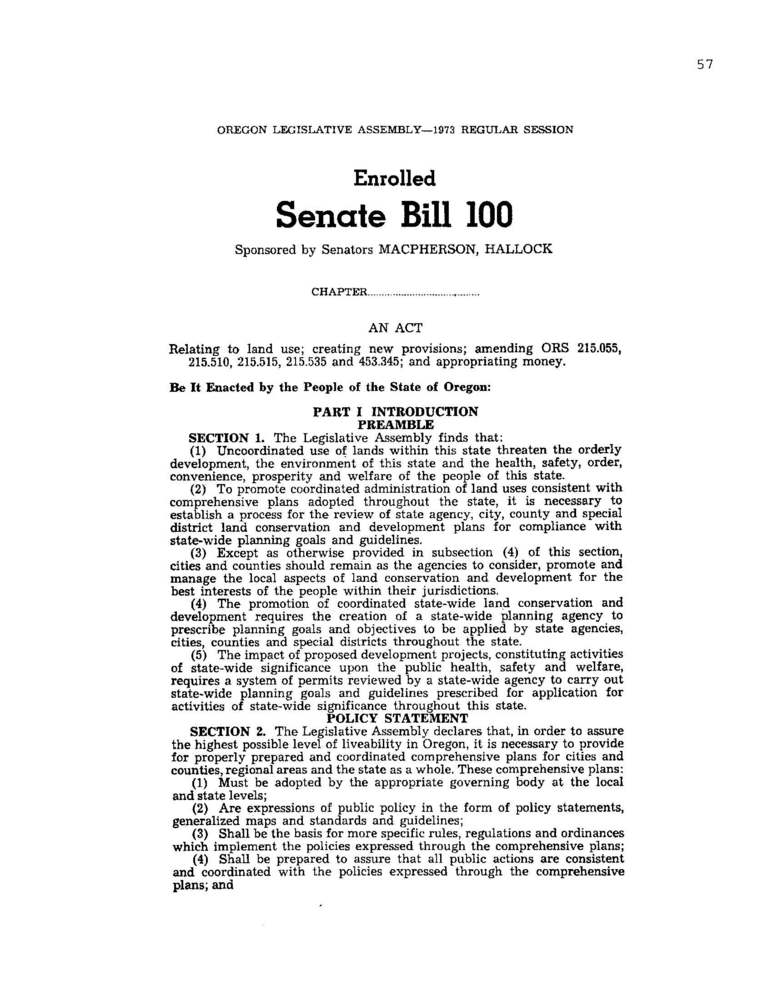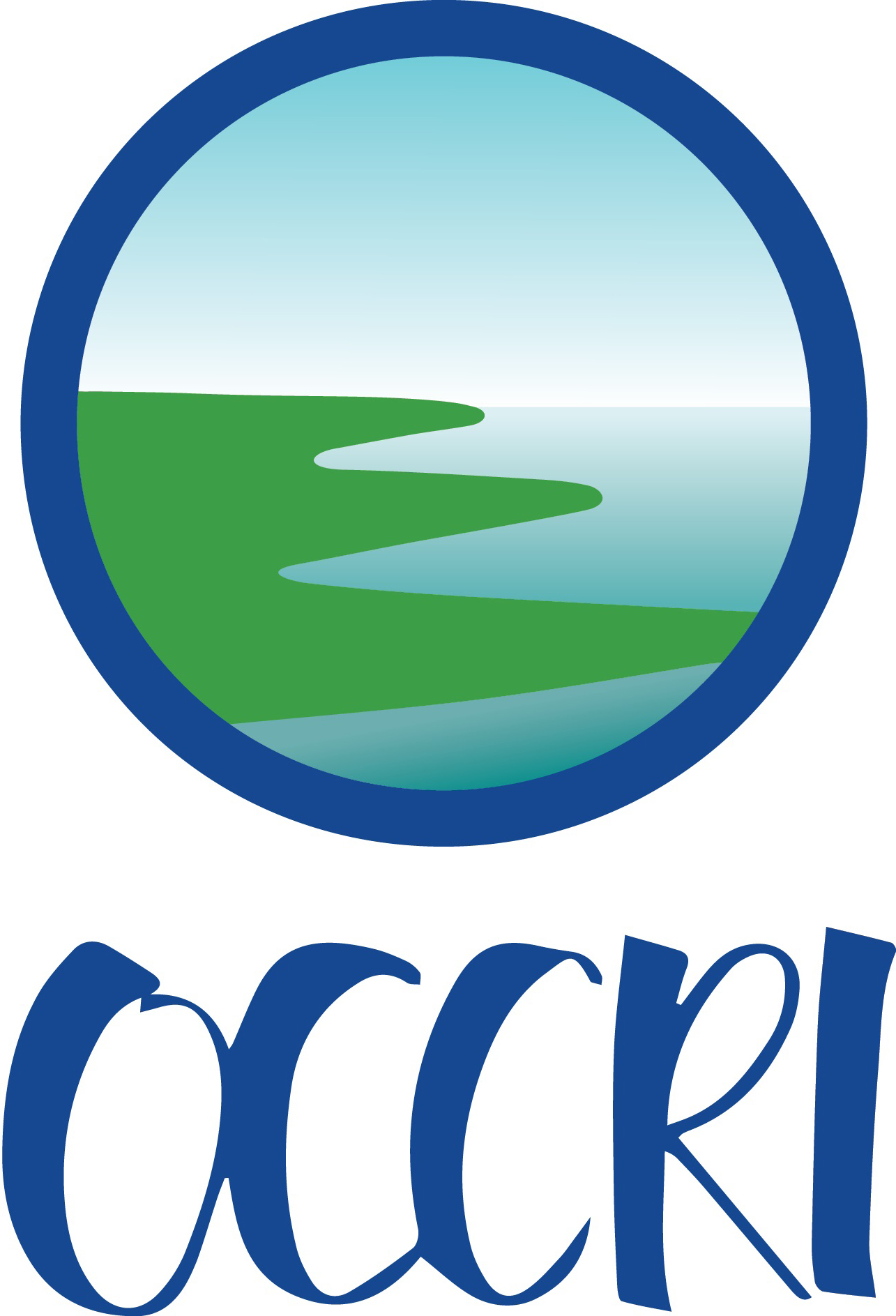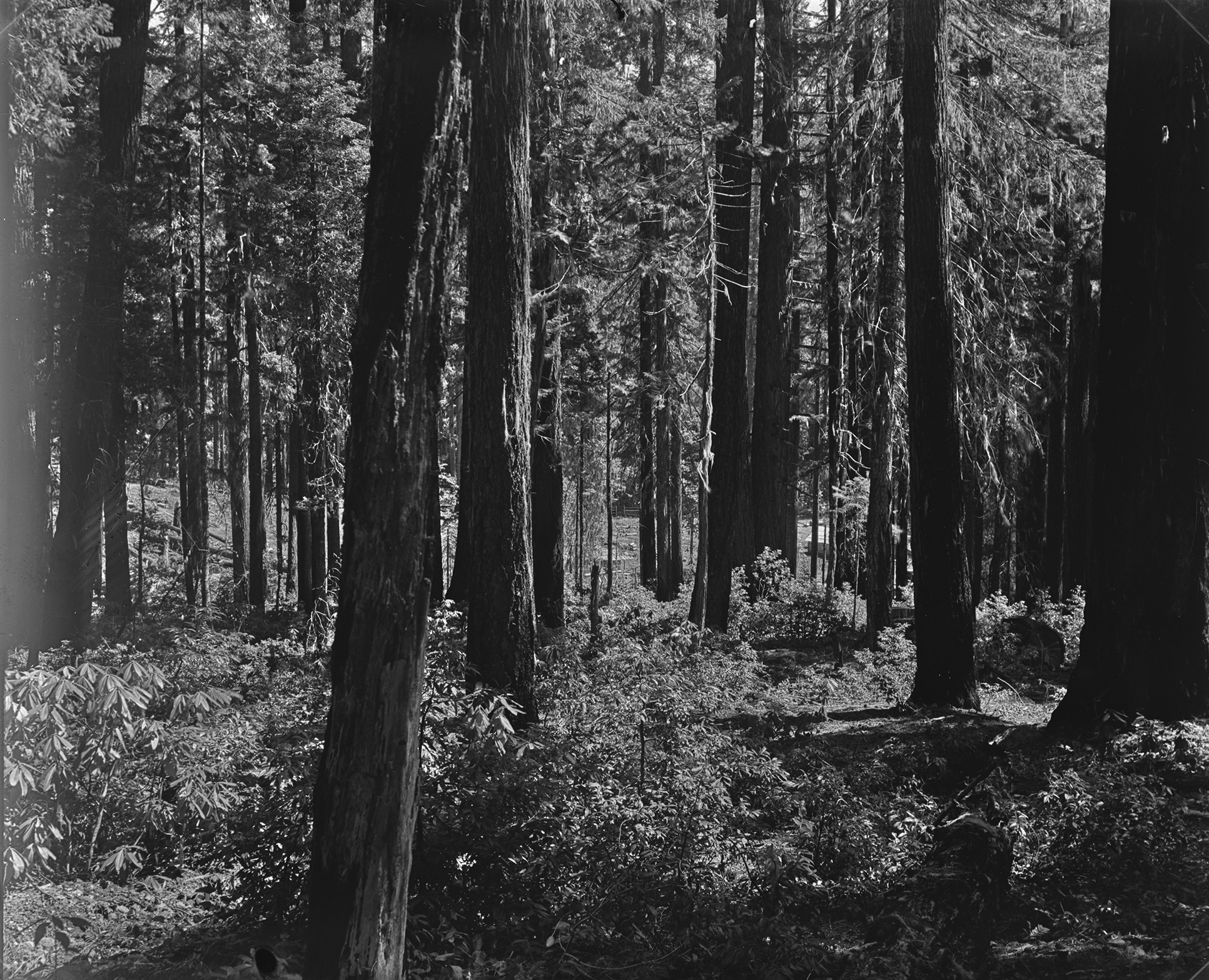The Oregon legislature created the Oregon Global Warming Commission in 2007 to respond to climate change by tracking trends in greenhouse gas emissions “over the next several decades,” recommending how to reduce those emissions, and preparing communities for the effects of climate change. As described in House Bill 3543, the Commission was also created “to take necessary action to begin reducing greenhouse gas emissions.” The Commissioners track assessments of the effects of global warming on Oregon and the Pacific Northwest and evaluate existing climate change policies. They also weigh the costs, risks, and benefits of strategies and technological advances and make recommendations to state and local governments, businesses, nonprofit organizations, and residents for statutory and administrative changes and policy measures.
The Oregon Global Warming Commission is composed of twenty-five members, which includes eleven voting members and three nonvoting members appointed by the governor. There are also seven nonvoting agency directors, two legislators appointed by the Senate President, and two legislators appointed by the House Speaker. The Oregon Department of Energy provides staff support to give technical advice. The Commission is required to deliver a report to the legislature every two years, typically to educate legislators and the public about “current critical climate facts, policies, and strategies.” With offices based in Salem, Commissioners hold bimonthly meetings that are open to the public.
The Commission’s Transformational Integrated Greenhouse Gas Emissions Reduction Project is an effort to create a Roadmap to 2035—that is, “an evaluation of additional actions the state may take to supplement other state efforts.” One purpose of TIGHGER is to identify a “suite of ambitious, transformative, and financially realistic economy-wide decarbonization actions and pathways” that are intended to help Oregon reduce greenhouse gas emissions by 45 percent below 1990 levels by 2035, a goal set by Governor Kate Brown. The Forest Carbon Accounting Project, launched in 2016, was designed to “advance our understanding of the carbon potential in Oregon’s forests.” To accomplish that, the Commission developed a preliminary assessment of carbon stores and fluxes by using 2001–2010 Forest Inventory and Analysis data gathered by the U.S. Forest Service and the School of Forestry at Oregon State University.
Through Executive Order 20-04, issued by Governor Brown in March 2020, the Commission has also worked on the Natural and Working Lands Emissions Reduction and Sequestration Goal. Commission members, including those from the state Department of Agriculture, the Department of Forestry, the Watershed Enhancement Board, the Department of Environmental Quality, and the Department of Land Conservation and Development, have conferred with “tribes, landowners and managers, federal and state agencies, conservation organizations, environmental justice leaders, technical assistance providers, and scientists” to determine how much carbon dioxide Oregon’s natural and working lands should sequester in order to reduce the amount of carbon dioxide in the atmosphere. If Oregon can meet “2035 and 2050 sector-based emission reduction goals,” the Commissioners concluded, and if the state meets the proposed sequestration goals, then “Oregon could be net neutral and fully contributing to climate repair before 2040.” Reaching those goals would position the state as the U.S. leader on climate mitigation.
Related Entries
-
![Climate Change and the History of Energy in Oregon]()
Climate Change and the History of Energy in Oregon
Unlike in other parts of the country, hydropower is the largest source …
-
![Climate Change in Oregon]()
Climate Change in Oregon
Within a few hundred miles in Oregon, you can see snowy volcanoes, parc…
-
![Department of Environmental Quality]()
Department of Environmental Quality
The Oregon Department of Environmental Quality (DEQ) administers and en…
-
![Energy Trust of Oregon]()
Energy Trust of Oregon
Energy Trust of Oregon was established in 2002 as a nonprofit organizat…
-
![Juliana v. United States]()
Juliana v. United States
Described as the “case of the century” and the “biggest case on the pla…
-
![Land Conservation and Development Commission (LCDC)]()
Land Conservation and Development Commission (LCDC)
In 1973, Oregon Senate Bill 100 established the Land Conservation and D…
-
![Oregon Climate Change Research Institute]()
Oregon Climate Change Research Institute
The Oregon Climate Change Research Institute was established in 2007 to…
-
![Oregon Forests and Climate Change]()
Oregon Forests and Climate Change
How climate change affects Oregon forests and how those forests affect …
Map This on the Oregon History WayFinder
The Oregon History Wayfinder is an interactive map that identifies significant places, people, and events in Oregon history.
Further Reading
“Oregon Global Warming Commission.” Keep Oregon Cool. Oregon Global Warming Commission. Accessed May 30, 2022. https://www.keeporegoncool.org
“Oregon Global Warming Commission.” Oregon.Gov. Oregon Department of Energy. Accessed May 30, 2022. https://www.oregon.gov/energy/energy-oregon/Pages/Oregon-Global-Warming-Commission.aspx
“Oregon Global Warming Commission.” Adaptation Clearinghouse. Georgetown Climate Center. Accessed May 30, 2022.
https://www.adaptationclearinghouse.org/organizations/oregon-global-warming-commission.html
“Oregon Global Warming Commission Releases First-ever Carbon Sequestration Goals for State.” Oregon Wild. Accessed May 30, 2022.
“Oregon Global Warming Commission.” OregonLaws. Accessed May 30, 2022. https://oregon.public.law/statutes/ors_468a.215
"House Bill 3543." 74th Oregon Legislative Assembly--2007 Regular Session. Accessed October 7, 2022. https://olis.oregonlegislature.gov/liz/2007R1/Downloads/MeasureDocument/HB3543/A-Engrossed

